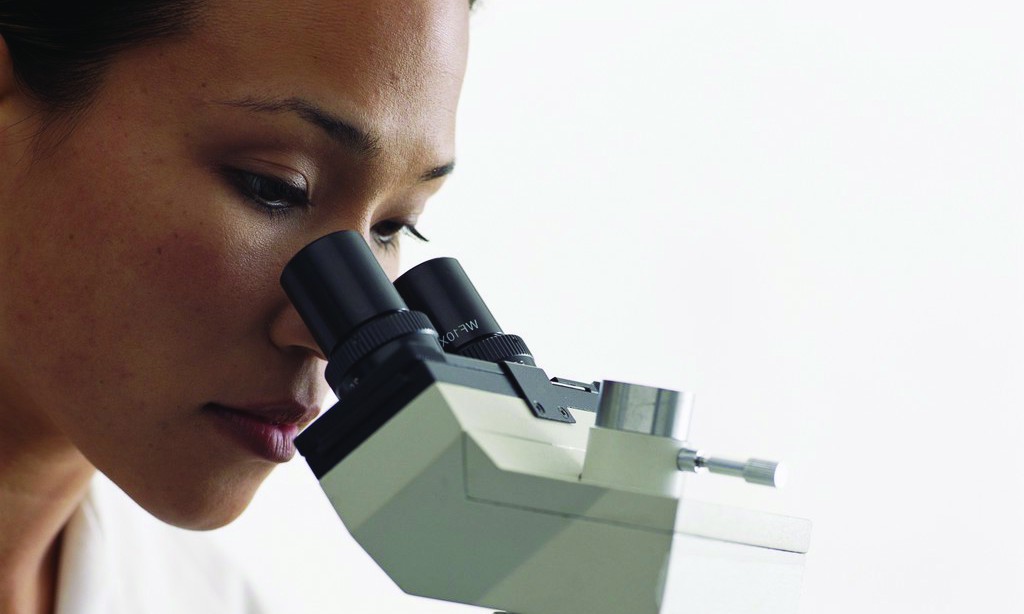Infectious diseases have been a terrible killer in the past, and still are today. With the development of vaccines, the discovery of antibiotics and drastic changes in public health, the human life span has increased over the past century. Yet, the threat of infectious diseases still haunts us. As an HIV epidemic attacks Africa and South East Asia, and a global avian influenza pandemic looms, there is an urgent need to understand, and help the immune system in its battle against pathogens. A study conduced at McGill offers more insight on just that.
One of the most important features of the immune system is its ability to differentiate between self (i.e., one’s own cells) and non-self (i.e., a pathogen). When a virus enters a cell in our body, a host of immune proteins (such as MDA5, RIG-I) recognize patterns that are common to pathogens, but not present in us—double stranded RNA, for example, which is different from humans’ double stranded DNA. When these patterns are detected, cellular signaling pathways are initiated, resulting in the secretion of a key cytokine—a molecule involved in cell communication in the immune system—called interferon. Interferon, in turn, activates numerous genes to produce defence proteins, including the IFIT family of proteins in the infected and surrounding cells, creating an anti-viral environment. Identifying these proteins and the roles they play have been an area of intense research.
The IFIT family of proteins consists of four members (IFIT1, IFIT2, IFIT3 and IFIT5), which are dramatically increased in cells upon viral infection or the addition of interferon, suggesting an anti-viral role. “[The IFIT family of proteins] have been discovered for quite a bit of time, but the functional analysis started maybe 10-15 years ago,” says Dr. Bhushan Nagar, associate professor in the department of biochemistry at McGill, and in whose lab this work was done. IFIT proteins have long been known to mediate an anti-viral effect by disrupting the production of new proteins in an infected cell.
In 2011, Dr. Giulio Superti-Furga’s lab at the Austrian Academy of Sciences used a proteomics approach, which involved fishing in a soup of laboratory cell extract with triphosphorylated RNA as a bait. To their surprise, they captured the IFIT proteins. Nagar refers to this work as “the seminal finding.” Superti-Fagar contacted Nagar, whom he had met during the latter’s post-doctoral study. This started the collaboration that led to the team’s current work, a structural description of the IFIT5 protein and its interaction with triphosphorylated RNA, which was published earlier this month in Nature.
“The structural biology—technique-wise—is routine,” said Nagar. “We made the protein in bacteria, where serendipitously some portion of the protein was bound to bacterial triphosphorylated RNA.”
They initially had some difficulty studying this protein, since it bound to RNA of various sizes (heterogenous RNA). To further study the protein’s interaction with RNA, they had to make RNA in the test tube. Nagar credits Yazan Abbas, a fourth year PhD student and lead author of the paper, for “doing an excellent job in following up on the literature on how to make [large amounts of less heterogenous] RNA and really figuring things out.”
Both Nagar and Abbas concur, that making the RNA was the hardest part of the project.
The ‘eureka’ moment, says Abbas, smiling, was “seeing the electron density maps which are used to build atomic models of protein. We had this for IFIT5, but we were not sure of where the RNA goes. When we solved [the structure] with the RNA, when we had the electron density map with the triphosphate RNA—we got it. According to my boss, he just said ‘we’re in.’”
“The definite proof [of function] is when you have a crystal structure”, says Nagar. “Six months before our work, the structure of RIG-I interacting with RNA was published. Just today, the MDA5 structure was published; this is a very hot area of research,” he adds.
The IFIT family of proteins consists of a tetratricopeptide repeat domain (TPR domain) that, due to Nagar’s work in determining the structure of these proteins, is now known to interact with both triphosphorylated RNA and proteins. What this means in the context of anti-viral immunity is still unknown, and is where the project is headed. The next stages of this project will look at “drugs or inhibitors based on these RNA molecules, for when the immune response is too strong,” concludes Nagar. Other future directions involve understanding the role of this protein in viral infections, such as influenza.
“The virus is attacking, these proteins are defending, what you normally get when you see the flu virus is a balance between the two. If we did not have this defence, we’d have much worse symptoms than what we get.”
Abbas concludes, “I’ve been told that the option to graduate is open, but I agree with my boss. There’s just so much more to explore in the field.”








